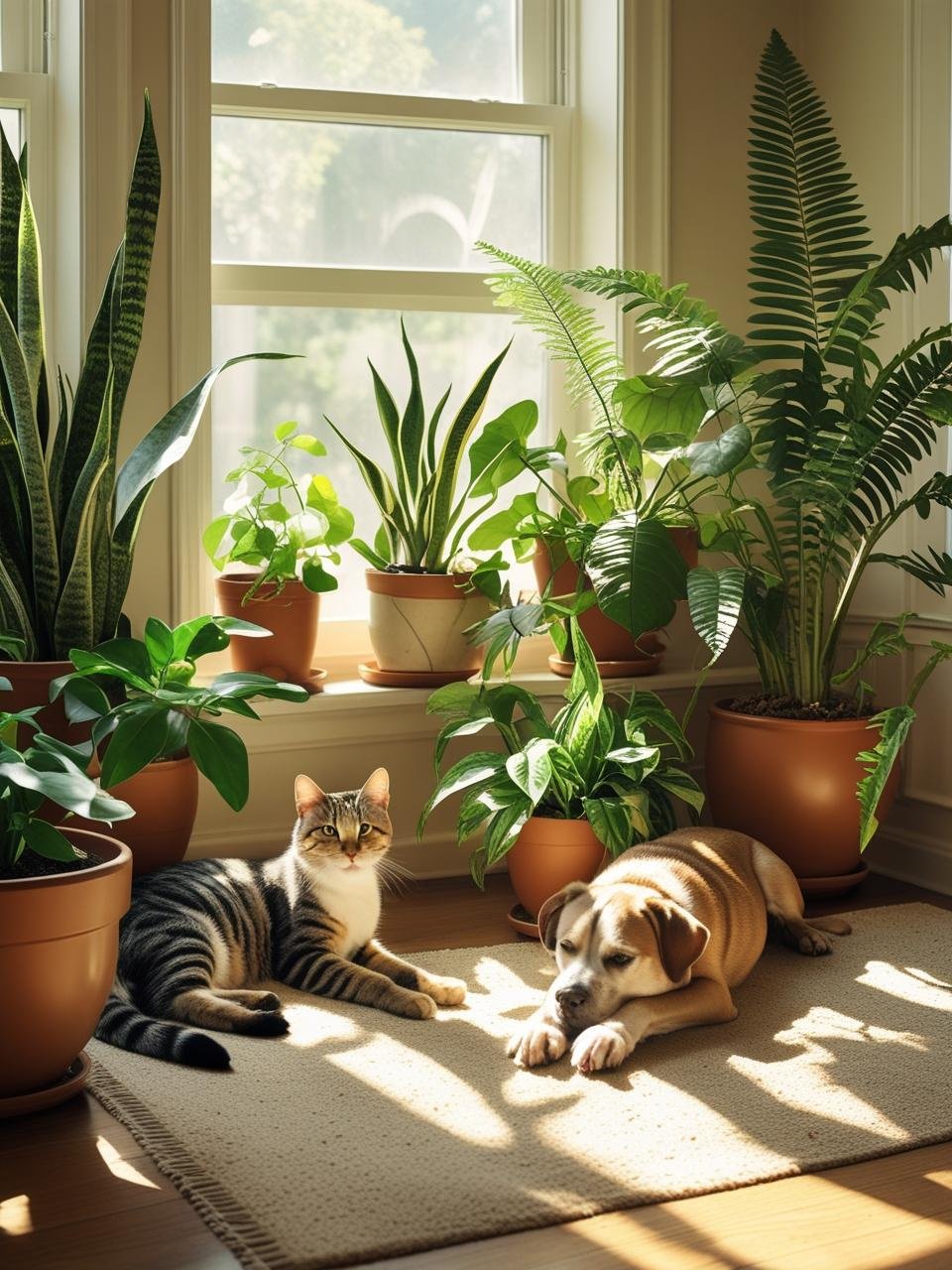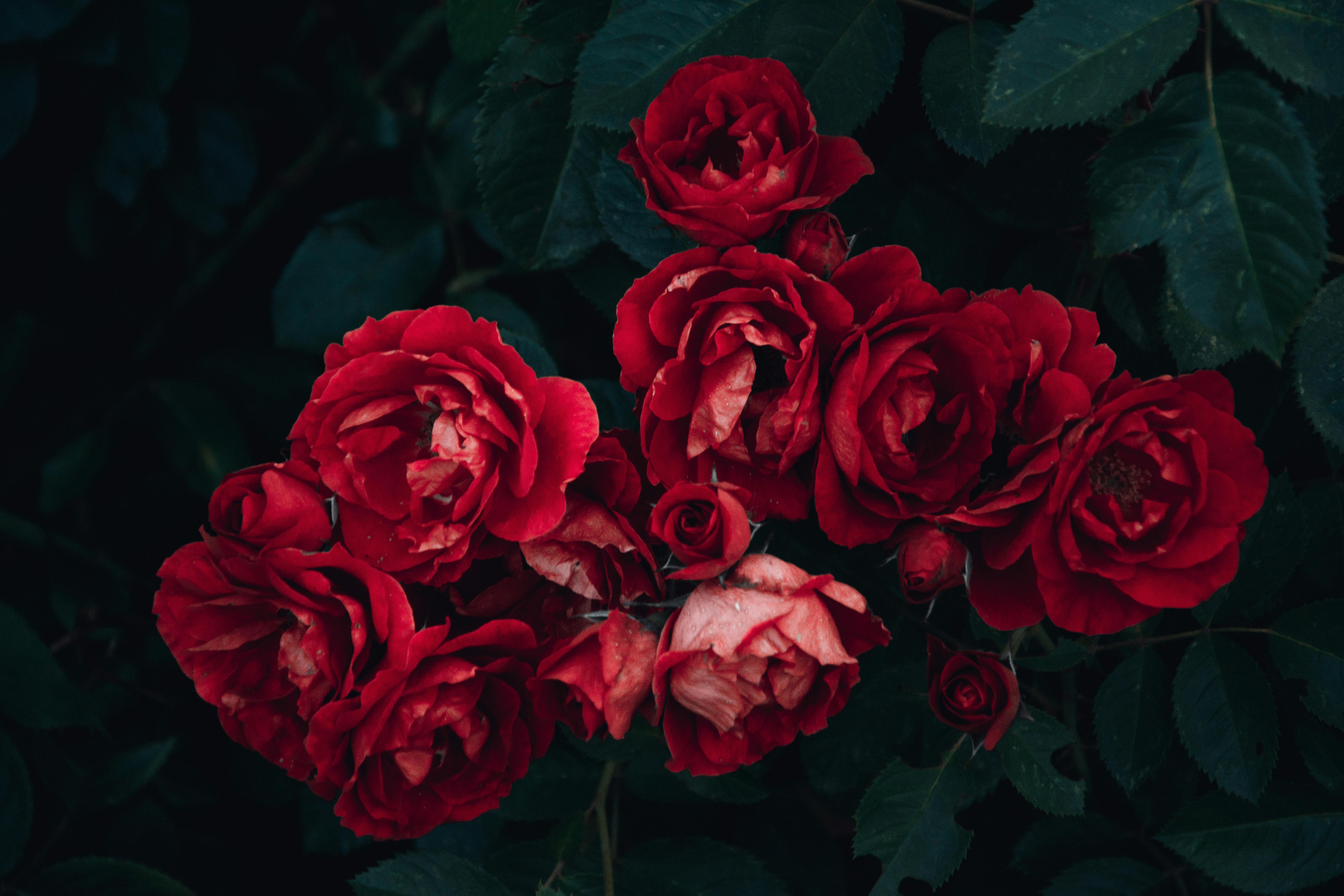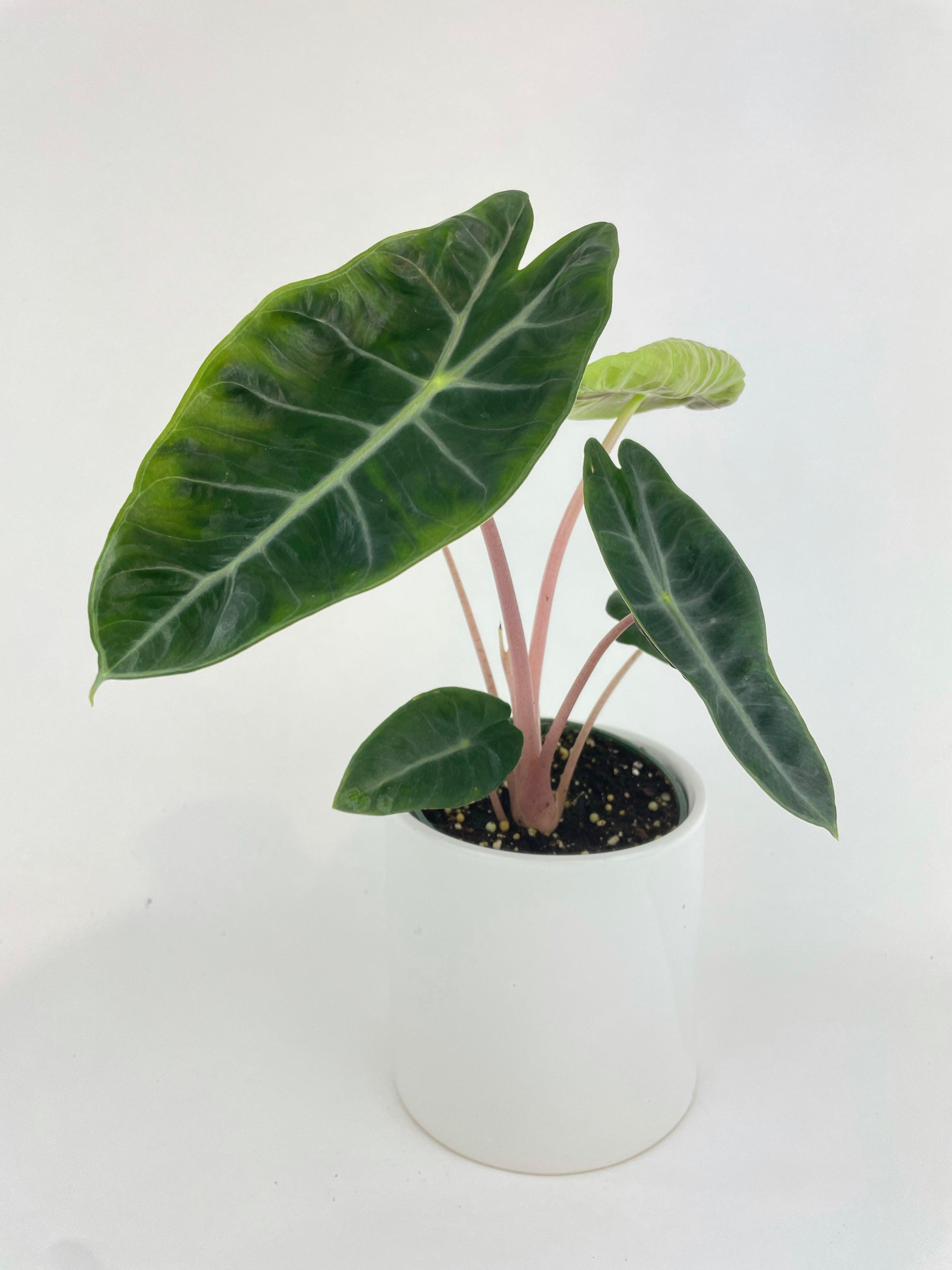Decoding Houseplant Talk: Understanding Common Terms and Lingo
In recent years, the houseplant craze has taken the world by storm. From tiny succulents adorning office desks to lush tropical monsters dominating living room corners, plants have become more than just decorations; they're companions, conversation starters, and even teachers. As the fascination with indoor greenery grows, so does the specialized language surrounding it. If you've ever felt lost in the jungle of houseplant terminology, fear not! In this blog post, we'll decode some common terms and lingo, helping you confidently navigate the verdant world of indoor gardening.
Foliage vs. Bloomers
Foliage Plants
These are plants primarily grown for their leaves rather than their flowers. Examples include snake plants, pothos, and monstera. Foliage plants often have striking patterns, textures, or vibrant colors in their leaves, making them popular choices for indoor spaces.
Bloomers
Conversely, these plants are grown for their flowers. While foliage plants add greenery and texture to a room, bloomers provide bursts of color and fragrance. Popular bloomers for indoor gardening include orchids, African violets, and peace lilies.
Variegation
This term refers to plants with leaves that have different colors, typically in the form of stripes, spots, or marbling. Variegated plants add visual interest to indoor spaces and can range from subtle patterns to striking contrasts. Examples include variegated rubber plants, spider plants, and pothos.
Propagation
Propagation is the process of growing new plants from existing ones. Houseplant enthusiasts often propagate their plants to expand their collection, share with friends, or experiment with gardening techniques. Common propagation methods include stem cuttings, leaf cuttings, division, and air layering.
Humidity Lovers
Some plants thrive in high-humidity environments, mimicking their natural habitat in tropical regions. These "humidity lovers" include ferns, calatheas, and prayer plants. Providing adequate humidity through methods like misting, pebble trays, or humidifiers is crucial for their health and growth indoors.
Hardiness Zones
Hardiness zones are geographical regions that indicate the climatic conditions plants can withstand. Understanding your hardiness zone helps you select plants suitable for your local climate, both indoors and outdoors. While houseplants aren't subject to outdoor conditions, knowing your zone can still help provide optimal care, especially if you plan to move them outside during warmer months.
Dormancy
Some houseplants, particularly those native to temperate regions, go through periods of dormancy where they slow down or stop growing altogether. Understanding dormancy cycles is essential for providing appropriate care, such as reducing watering and fertilizing during dormant periods. Common examples of dormancy-prone plants include certain types of succulents, bulbs, and deciduous tropicals like hibiscus.
Acclimatization
Acclimatization refers to the process of gradually exposing plants to new environmental conditions. When bringing home a new houseplant or moving it to a different location, it's important to acclimate it slowly to prevent shock. This might involve gradually increasing exposure to sunlight, adjusting watering routines, or altering humidity levels over several days or weeks.
NPK Ratio
NPK stands for nitrogen, phosphorus, and potassium, three essential nutrients for plant growth. The NPK ratio on fertilizers indicates the proportion of these nutrients in the product. Understanding the NPK ratio helps you choose the right fertilizer for your plant's specific needs, whether they require a balanced blend for overall growth or a specialized formula to encourage flowering or foliage development.
Rootbound
A plant is considered rootbound when its roots outgrow the container, forming a dense mass that can inhibit growth and nutrient absorption. Signs of a rootbound plant include roots circling the pot's edges or emerging from drainage holes. Repotting rootbound plants into larger containers with fresh soil helps alleviate stress and promotes healthy growth.
Conclusion
By familiarizing yourself with these common terms and lingo, you'll not only feel more confident navigating the world of houseplants but also better equipped to provide the care and attention your leafy companions need to thrive. So, whether you're a seasoned plant parent or just starting your indoor gardening journey, let the language of houseplants be your guide to cultivating a lush and vibrant indoor oasis. Embracing the language of houseplants not only enhances your understanding but also fosters a deeper connection with your green companions. As you decipher the terminology and techniques, you'll uncover the secrets to nurturing thriving ecosystems within your home. Whether you're an experienced horticulturist or a novice enthusiast, the journey of indoor gardening is as rewarding as it is enriching. So, let the whispers of leaves and the blooms of flowers guide you on this botanical adventure, where every new leaf unfurled is a testament to your nurturing care.










































